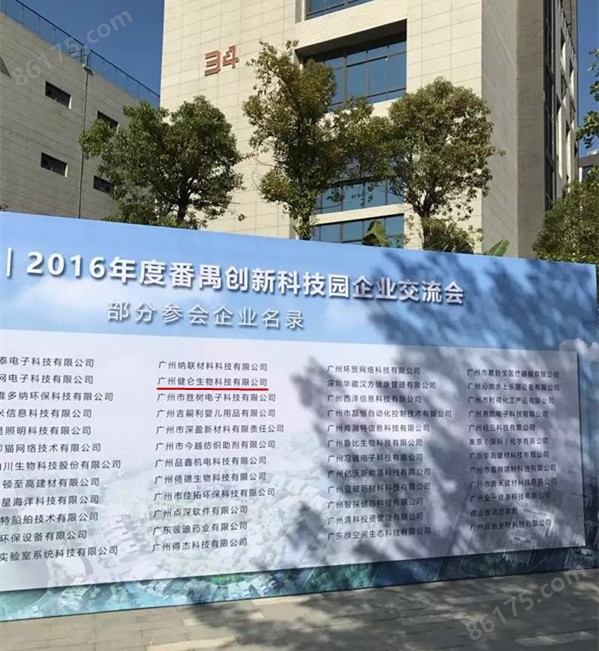其他品牌 品牌
代理商厂商性质
广州市所在地
驽巴贝西虫免疫荧光试剂盒
babesia caballi IFA Kit
广州健仑生物科技有限公司
主要用途:用于检测马血清中的驽巴贝西虫IgG/IgM抗体
产品规格:12 孔/张,10 张/盒
主要产品包括:包柔氏螺旋体菌、布鲁氏菌、贝纳特氏立克次体、土伦杆菌、钩端螺旋体、新型立克次体、恙虫病、立克次体、果氏巴贝西虫、马焦虫、牛焦虫、利什曼虫、新包虫、弓形虫、猫流感病毒、猫冠状病毒、猫疱疹病毒、犬瘟病毒、犬细小病毒等病原微生物的 IFA、MIF、ELISA试剂。
驽巴贝西虫免疫荧光试剂盒
我司还提供其它进口或国产试剂盒:登革热、疟疾、西尼罗河、立克次体、无形体、蜱虫、恙虫、利什曼原虫、RK39、汉坦病毒、深林脑炎、流感、A链球菌、合胞病毒、腮病毒、乙脑、寨卡、黄热病、基孔肯雅热、克锥虫病、违禁品滥用、肺炎球菌、军团菌、化妆品检测、食品安全检测等试剂盒以及日本生研细菌分型诊断血清、德国SiFin诊断血清、丹麦SSI诊断血清等产品。
欢迎咨询
欢迎咨询2042552662

| JL-FL54 | 牛双芽巴贝西虫免疫荧光玻片 | babesia bigemina IFA Substrate slide |
| JL-FL55 | 牛双芽巴贝西虫免疫荧光试剂盒 | babesia bigemina IFA Kit |
| JL-FL56 | 牛巴贝西虫免疫荧光玻片 | babesia bovis IFA Substrate slide |
| JL-FL57 | 牛巴贝西虫免疫荧光试剂盒 | babesia bovis IFA Kit |
| JL-FL58 | 驽巴贝西虫免疫荧光玻片 | babesia caballi IFA Substrate slide |
| JL-FL59 | babesia caballi IFA Kit | |
| JL-FL60 | 马泰勒虫免疫荧光玻片 | theileria equi IFA Substrate slide |
| JL-FL61 | 马泰勒虫免疫荧光试剂盒 | theileria equi IFA Kit |
| JL-FL62 | 利什曼虫IgG免疫荧光试剂盒 | Leishmania IgG IFA Kit |
| JL-FL63 | 新孢子虫IgG免疫荧光试剂盒(检测狗) | Neospora caninum IgG IFA Kit |
| JL-FL64 | 新孢子虫IgG免疫荧光试剂盒(检测马) | Neospora caninum IgG IFA Kit |
| JL-FL65 | 猫杯状病毒IgG免疫荧光玻片 | Feline Calicivirus IgG IFA Substrate slide |
| JL-FL66 | 猫冠状病毒IgG免疫荧光玻片 | Feline Coronavirus IgG IFA Substrate slide |
| JL-FL67 | 猫疱疹病毒IgG免疫荧光玻片 | Feline Herpesvirus IgG IFA Substrate slide |
| JL-FL68 | 犬瘟病毒IgG免疫荧光玻片 | Canine Distemper IgG IFA Substrate slide |
| JL-FL69 | 犬细小病毒IgG免疫荧光玻片 | Canine Parvovirus IgG IFA Substrate slide |
二维码扫一扫
【公司名称】 广州健仑生物科技有限公司
【】 杨永汉
【】
【腾讯 】 2042552662
【公司地址】 广州清华科技园创新基地番禺石楼镇创启路63号二期2幢101-3室
【企业文化】


这些开创性的发现,带领研究人员进入下一个研究阶段——如何将这些结果进行转化,为患者制造更安全和更有效的胰岛素产品。zui终目标是,开发新分子形式的胰岛素,将确保保护铰链应该打开时才会在胰岛素内打开。更新、更有效的胰岛素版本令人印象深刻:超*胰岛素“智能泵”配方,是美国国立卫生研究院和青少年糖尿病研究基金会(JDRF)的一个战略目标;胰岛素的超稳定模式,将有利于发展中国家制冷条件有限的患者;甚至“聪明”的胰岛素分子,当血液中的葡萄糖浓度低于正常时,其会停止工作。胰岛素安全和有效性的改善,有望减少糖尿病患者的长期健康后果,如肾衰竭、失明和截肢。
Weiss称:“我们已经解决了一个现实问题,40多年来对胰岛素如何在体内制造的一部分解释,在准备使用之前,它如何在特异性胰腺β细胞内折叠?如何结合到细胞内的受体?胰岛素如何降解?”
对胰岛素分子的描述,已经有几十年的时间,并一直持续到今天:*,研究人员试图了解,当胰岛素存储在胰腺β细胞内时它看起来像什么。第二,他们需要表明,当胰岛素结合到细胞上的胰岛素受体时,它看起来像什么。第三,他们想说明,受体如何改变其形状,响应结合的胰岛素,以在细胞内传输信号。
加州大学圣地亚哥分校医学院的研究人员报道称,膳食辣椒素——辣椒的活性成分,可使小鼠肠道内皮细胞上的一个受体产生慢性活化作用,从而触发一种反应,zui终降低结直肠癌的风险。相关研究发表在《The Journal of Clinical Investigation》期刊上。
这个受体或离子通道,称为TRPV1,zui初是在感觉神经元中发现的,在那里它充当环境中高温、酸度和辛辣化学品的标记。本文资深作者、医学教授Eyal Raz博士称:“这些因素,都是对细胞潜在的有害刺激。因此,TRPV1很快被描述为一个分子‘疼痛感受器’。这可被认为是它的常规功能,所有这一切都发生在神经系统中。”
These groundbreaking findings lead researchers into the next phase of research - how to translate these results into safer and more effective insulin products for patients. The ultimate goal is to develop a new molecular form of insulin that will ensure that the protective hinge should open only in insulin. The newer, more effective version of insulin is impressive: The Super Fast-acting insulin "smart pump" formula is a strategic goal of the National Institutes of Health and the Juvenile Diabetes Research Foundation (JDRF); the ultrastable mode of insulin will benefit Patients in developing countries have limited cooling conditions; even "smart" insulin molecules stop working when blood glucose levels are lower than normal. Improvements in insulin safety and efficacy are expected to reduce long-term health consequences in people with diabetes, such as kidney failure, blindness and amputation.
Weiss said: "We have solved the reality that part of the explanation of how insulin has been made in the body for over 40 years is how it folds within specific pancreatic β-cells before it is ready for use, and how does it bind to intracellular receptors? How to degrade insulin?
The description of insulin molecules has been around for decades and continues today: first, researchers are trying to understand what it looks like when insulin is stored in pancreatic beta cells. Second, they need to show what it looks like when insulin binds to the insulin receptor on the cell. Third, they want to show how receptors change their shape in response to bound insulin to transmit signals inside the cell.
Researchers at the University of California, San Diego School of Medicine reported that the active ingredient of the dietary capsaicin-pepper produces a chronic activation of one of the receptors on mouse intestinal epithelial cells, triggering a response that eventually reduces the risk of colorectal Cancer risk. Related research is published in The Journal of Clinical Investigation.
This receptor or ion channel, called TRPV1, was first found in sensory neurons where it serves as a marker of high temperature, acidity and spicy chemicals in the environment. Dr. Eyal Raz, a senior author and professor of medicine, said: "These are all potentially noxious stimuli on cells and, as a result, TRPV1 is quickly described as a molecule called" pain receptor. "This can be thought of as its usual function, with all It all happens in the nervous system. "